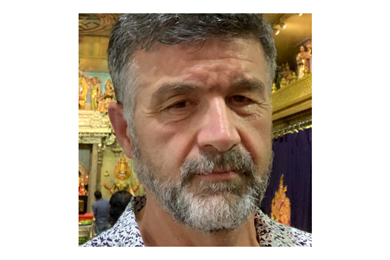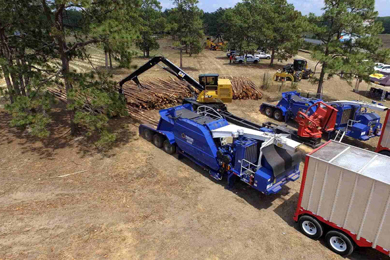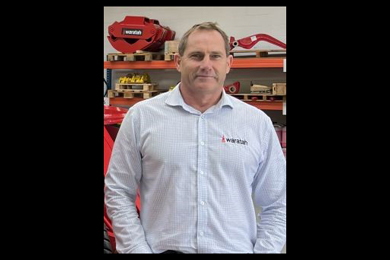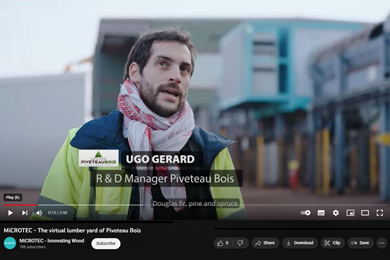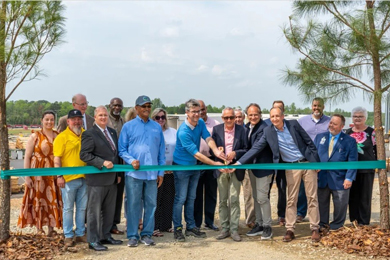Three of Forestry Corporation’s most experienced firefighters and incident management specialists are part of the Australian firefighting contingent being deployed to Canada to assist with the wildfire emergency.
The overseas deployment comprises a 222-strong contingent from Australian and New Zealand fire agencies, coordinated by the Australasian Fire Authorities Council’s National Resource Sharing Centre.
“AFAC as the National Council for fire and emergency services in Australia and New Zealand, is proud to support the deployment of these specialists through our National Resource Sharing Centre,” AFAC CEO Rob Webb said. “Australia, New Zealand and Canada have a long history of supporting each other, and we are pleased to be able to help Canada as they experience significant wildfire activity,” he said.
Canada is experiencing significant fire activity early in the season and is at national preparedness level five, the highest level. There are currently 225 active fires across the country, burning over 2.1 million hectares.
Forestry Corporation is one of NSW’s four firefighting authorities, with staff skilled and experienced in firefighting locally. Forestry Corporation’s firefighters deployed to Canada include Senior Field Ecologist Mark Drury from Wauchope, Harvest Manager Tom Halliday and Protection Coordinator Peter Simon, who are both based in Coffs Harbour.
Mark, Tom and Peter draw on decades of experience in forestry firefighting. Mark Drury has served with Forestry Corporation for 24 years and is actively involved in firefighting duties as an Operations Officer having undertaken previous deployments in Tumut in 2006, Victoria in 2009 and 2013 and Tasmania in 2016.
“I participated in a Rotary vocational exchange to Alberta, Canada back in 2011 where I learnt about forestry and firefighting in Alberta’s forests,” Mr Drury said. “I am excited to get back over there and see some of their techniques and equipment in action and I might even cross paths with some of the people I connected with during my exchange.”
Tom Halliday has served in a firefighting capacity throughout his 20-years of employment with Forestry Corporation. “In terms of the fire-fronts in Canada I will expecting a vastly different firefighting operation to what we have here in Australia in terms of terrain, topography and techniques,” Mr Halliday said.
Peter Simon also draws on a wealth of experience in his 30 years as a forestry firefighter having confronted pine forest wildfires during the 2003 Canberra bushfires and, of course, the Black Saturday bushfire emergency.
“I’ve got to say the Canadians were awesome during our big firefighting season a few years ago so any opportunity to go over there and lend them a hand and return the favour is a great thing and I put my hand up for this straight away,” Mr Simon said. “I am expecting something completely different to Australia, a different style of firefighting, different structures of fires and obviously terrain so I’m certainly expecting to learn a lot in Canada.”
The firefighters are expected to complete a 30-day deployment, which may change depending on the severity of the wildfire situation in Canada.
Source: Forestry Corp of NSW
To read other Wildfire/Bushfire related posts click here.


